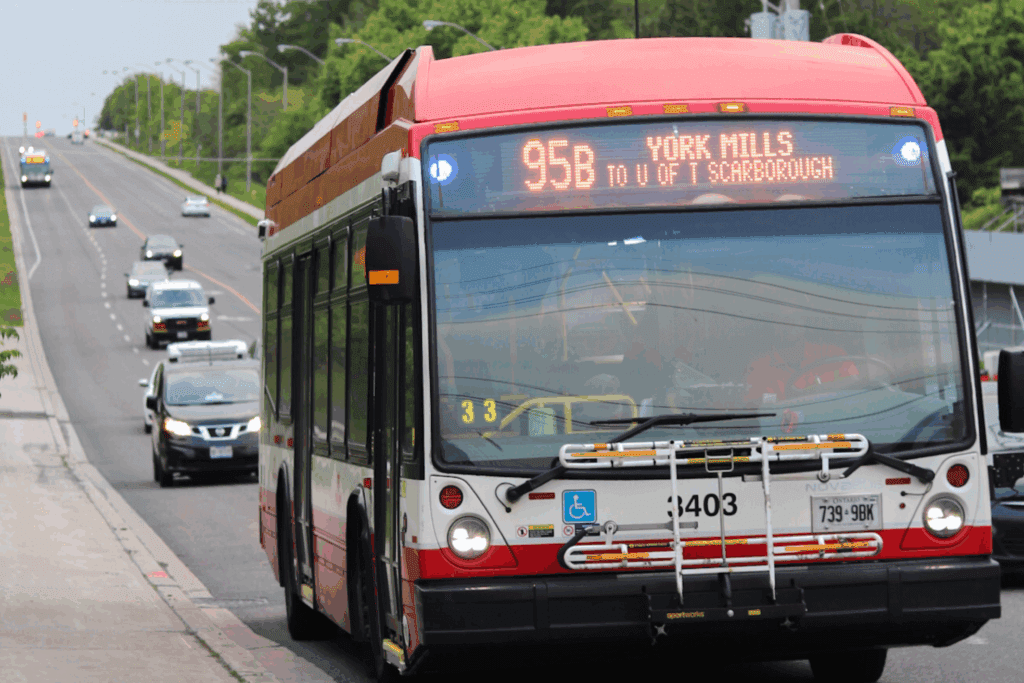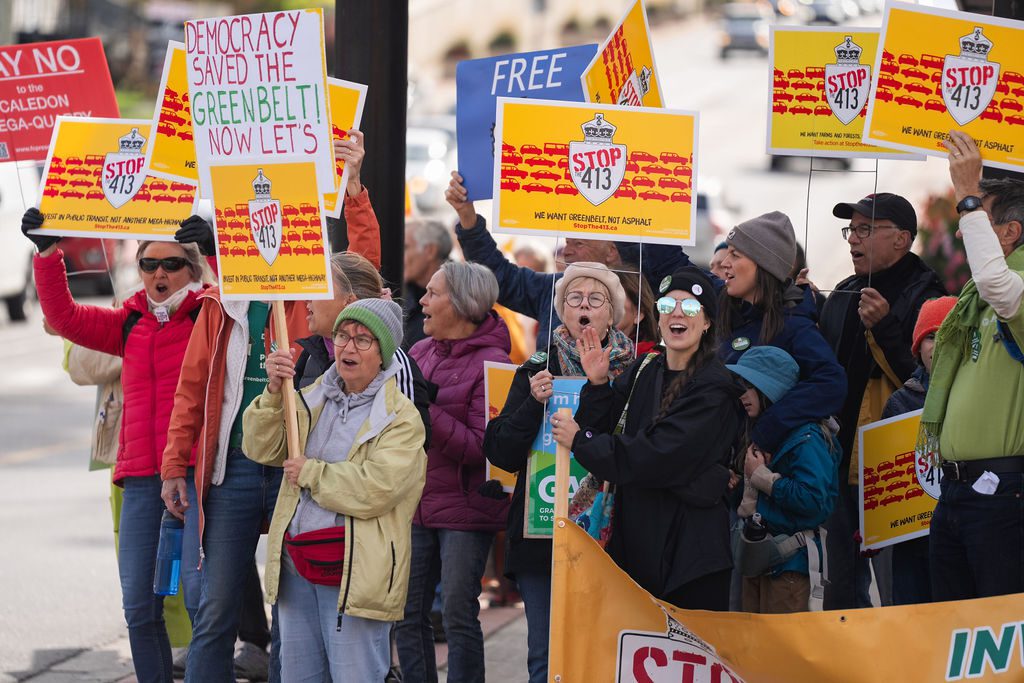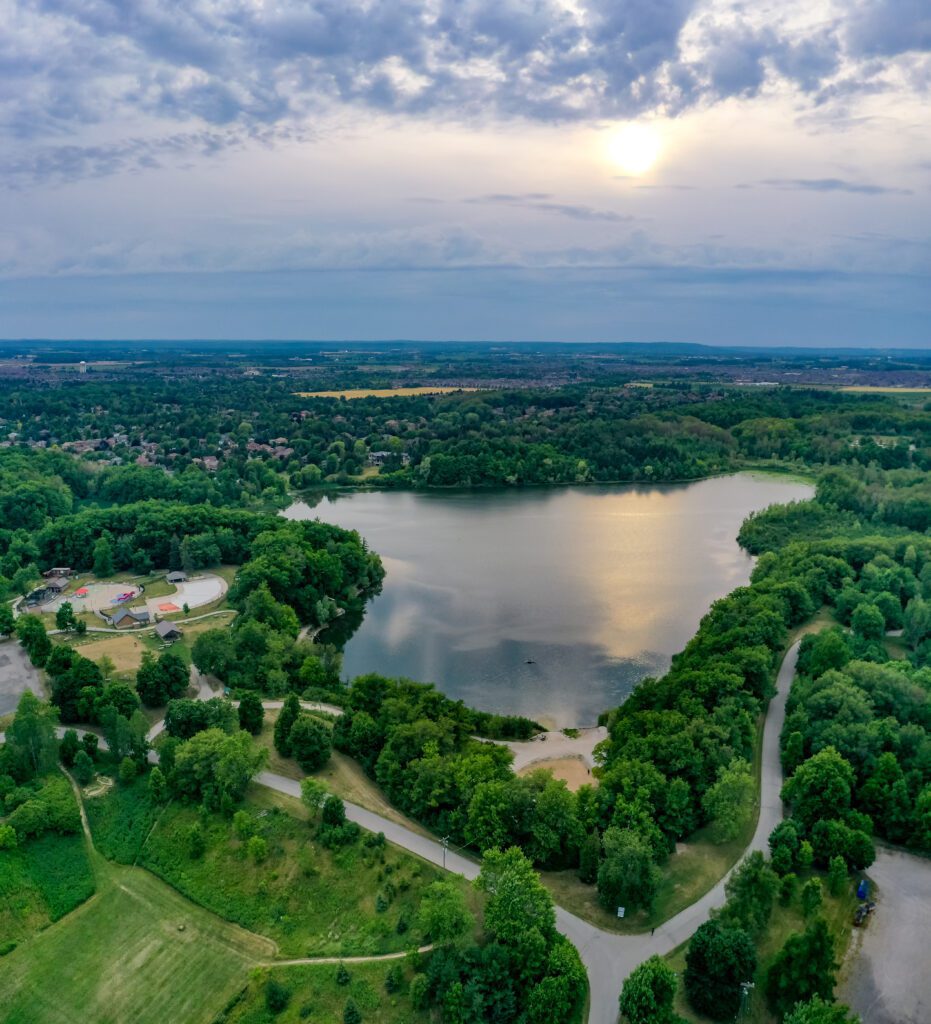If people in Ontario don’t speak up, the government might push through two new laws that could see a lot of the province’s farmland, forests, wetlands and habitats marked for destructive suburban sprawl development.
While this might seem like solely an environmental issue, it’s not. That’s because the biggest threat to our environment here in Ontario is also the biggest threat to fixing the housing shortage: sprawl development.
With its permanent protections, the Greenbelt acts as the inner line of defence against destructive sprawl. But only a small portion of Ontario’s essential agriculture and remaining wildlife habitats have been protected within the Greenbelt so far.
Ontario’s Under-Protected Areas
Most of the farmland and wildlife habitat that must eventually be included in the Greenbelt is still contested countryside, protected instead by “settlement area boundaries” that define the maximum area that might eventually be needed for housing, workplaces or industry in a worst case scenario -and prohibit any development applications beyond that area. Because there was so much unbuilt land within settlement boundaries, and so much potential to add denser housing to existing neighbourhoods, there has been every reason to hope that most of the contested countryside would eventually get permanent protection.
Ontario’s latest legislation, the Provincial Planning Statement and the Cutting Red Tape to Build More Homes Act (Bill 185), would demolish protection for the contested countryside by making settlement boundaries meaningless.
The result? Unchecked, wasteful sprawl that will kneecap cities and towns from efficiently using construction capacity to build denser housing in existing neighbourhoods.
Unless stopped, these laws will welcome a wave of sprawl developer led attacks in every community.
The Potential Impact
In tandem, the proposed Provincial Planning Statement and Bill 185 would work to effectively erase settlement boundaries by:
- Canceling the entire Growth Plan for the Greater Golden Horseshoe
- Removing the requirement that at least 50 people be housed for each hectare of farmland or habitat destroyed. The current government had previously reduced the number from 80 people to 50 people.
- Removing the requirement that suburban municipalities ensure enough housing to accommodate half of their expected population growth gets built in existing neighborhoods and built up areas.
- Letting land speculators demand suburban boundary expansions themselves, just as easily as they can apply for Official Plan approval to build within the existing towns and cities’ settlement boundary.
- Allowing settlement boundaries be expanded, and farmland & habitat be condemned to destruction, without any evidence that it is actually needed, or even helpful to meet housing needs, despite vast supplies of existing “greenfield” land already included in settlement boundaries but sitting unused.
- Transferring decision-making about sprawl away from regional governments, to rural councils that lack strong legal and land use planning teams and are vulnerable to inappropriate pressure and ill-equipped to defend against spurious sprawl developer appeals.
- Fostering corrupt pressure to approve dangerous sprawl and habitat destruction by removing any Ontario Land Tribunal oversight of municipal decisions that say “yes” to sprawl.
Good doesn’t outweigh the bad
There is one positive element included in Bill 185: it would remove minimum parking requirements in Major Transit Station Areas (the small circles of land immediately surrounding major transit stations). At the same time as it tabled Bill 185, the government announced that it may soon remove the Building Code bans on single staircase (“single egress”) construction up to 4 storeys and on “mass timber” construction up to 18 storeys, that have been obstructing denser, greener housing.
Unfortunately, because both Bill 185 and the Provincial Planning Statement prioritize low-density sprawl over densification in existing neighborhoods the benefits of those changes will remain negligible. Since Ontario has a serious construction labour and equipment shortage, any increase in sprawl development will come at the expense of a larger number of lower-cost homes that are ready to be built in existing neighborhoods. In fact, the government is refusing to remove the zoning bans that currently make it illegal to build fourplexes in most Ontario neighbourhoods. These modest low-rise buildings can house four families on a residential lot that would otherwise be wasted on a single “McMansion”. Resembling a single detached house, they effectively house more people while maintaining the residential character and feel of a neighbourhood.









